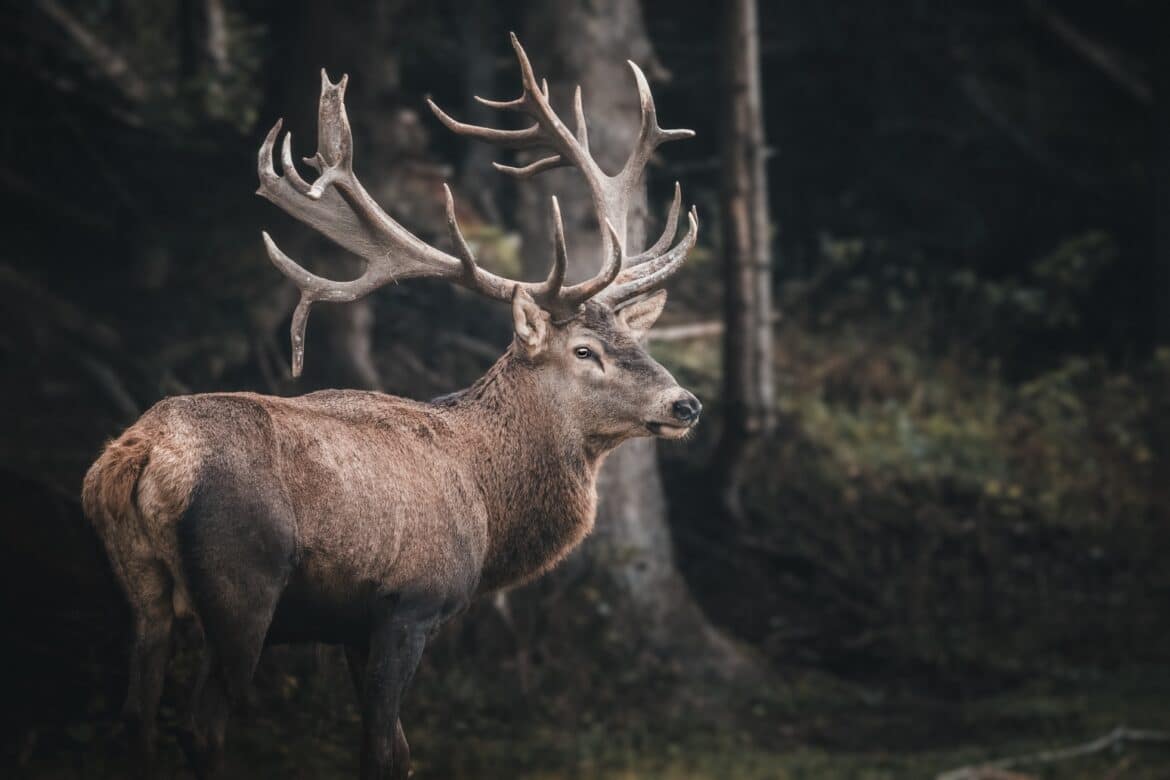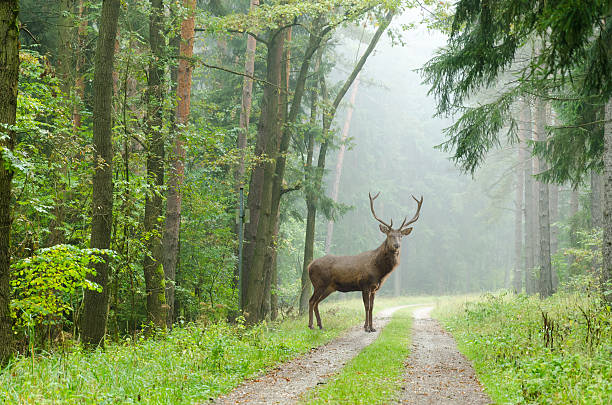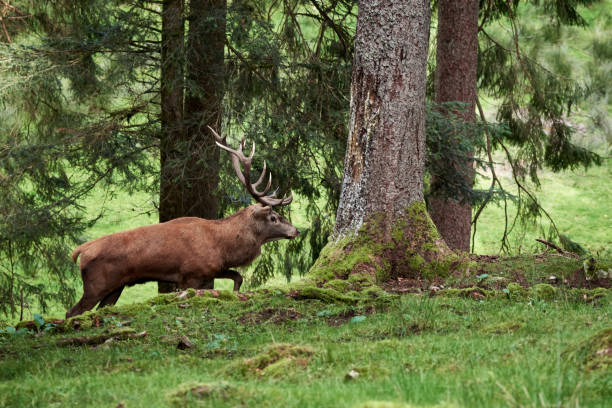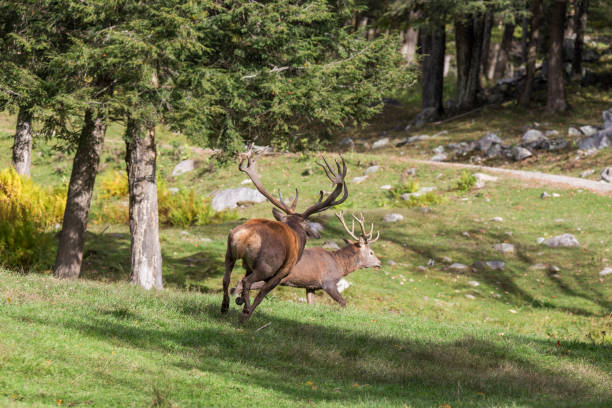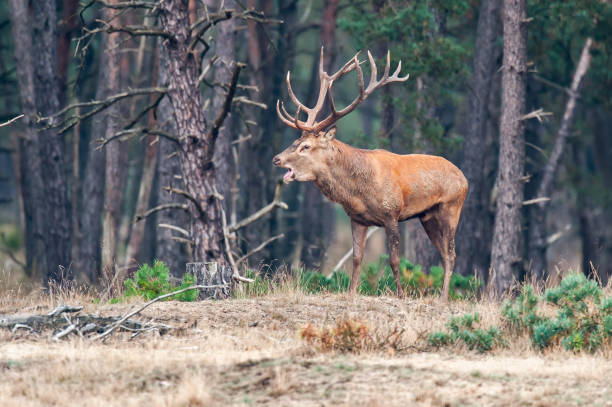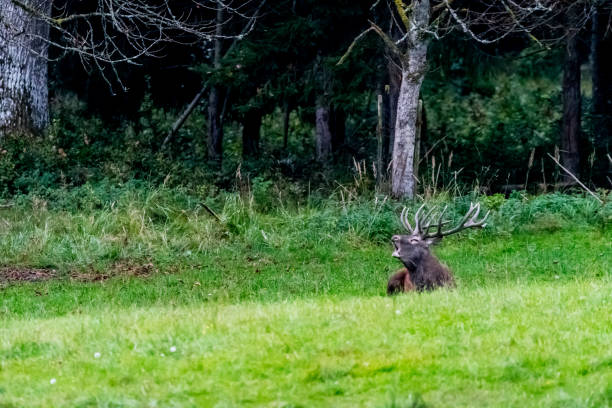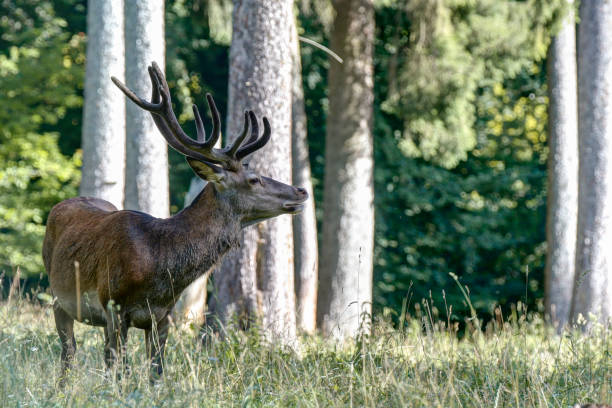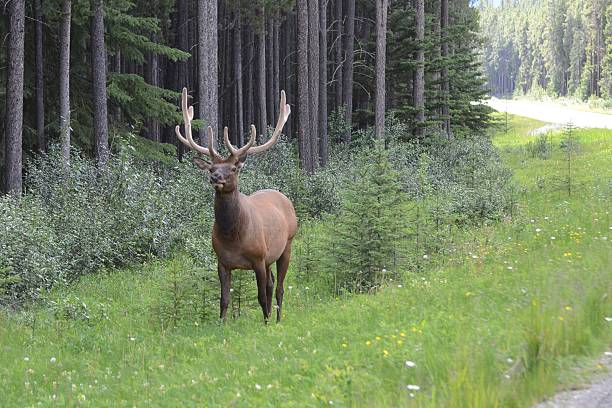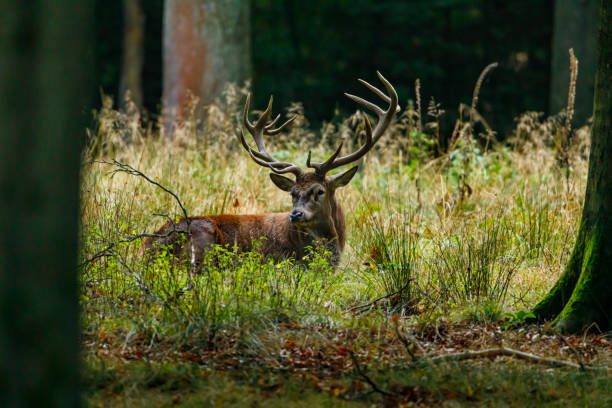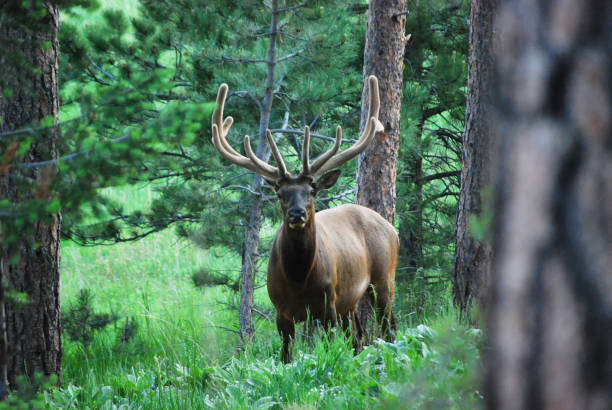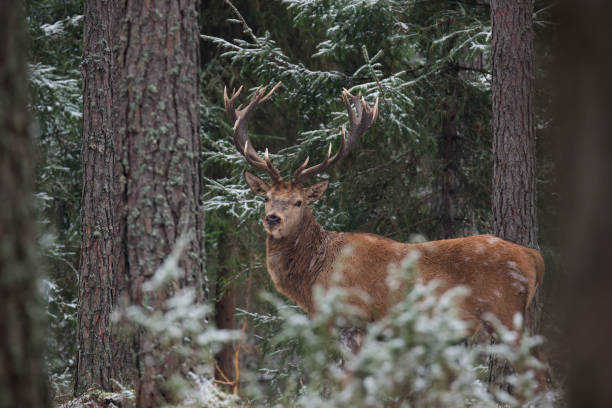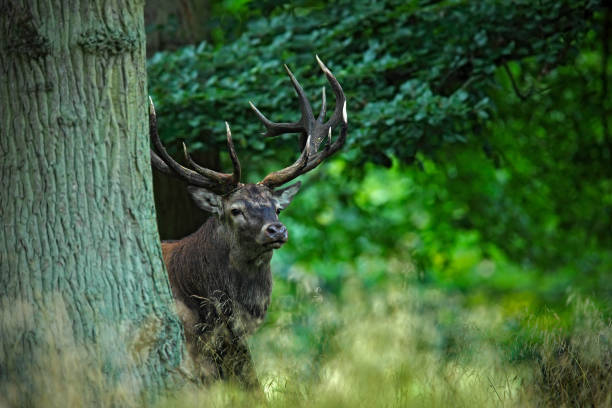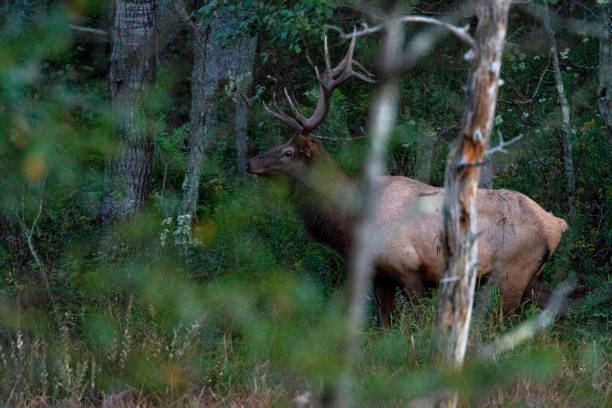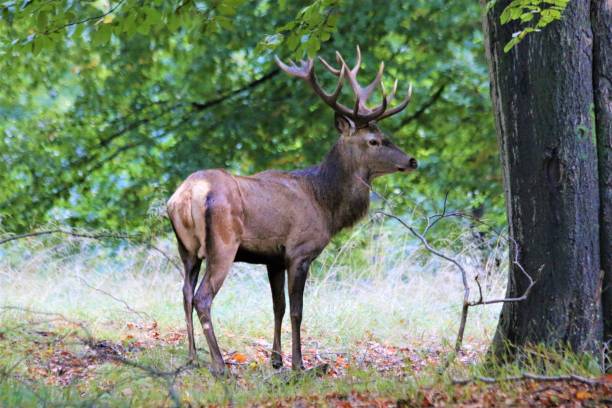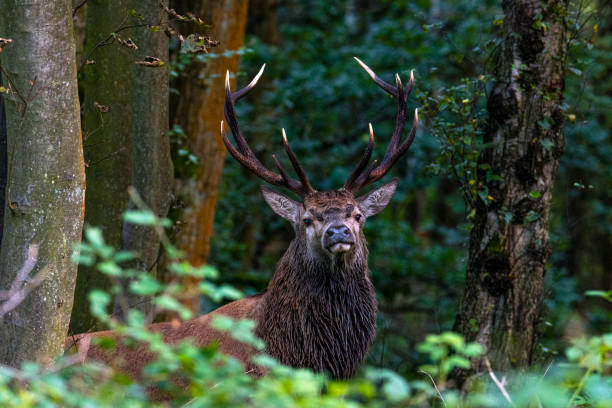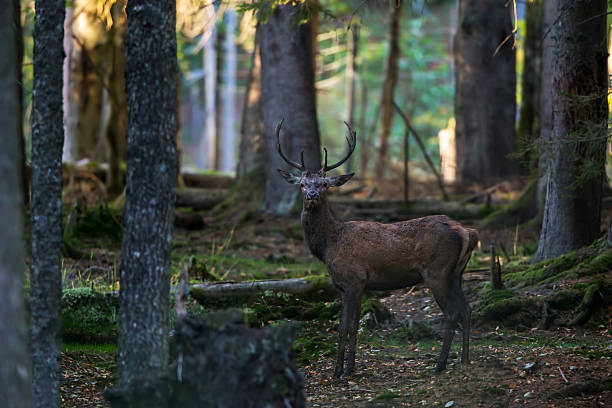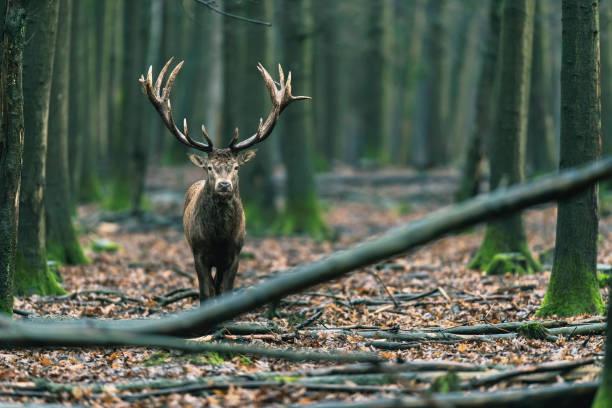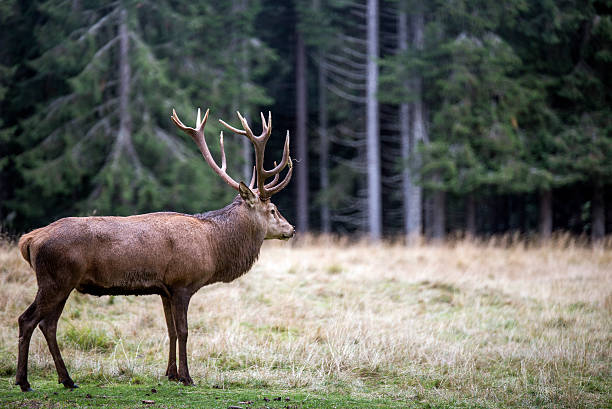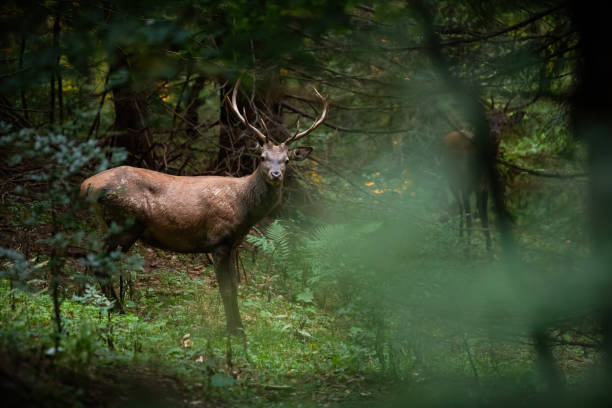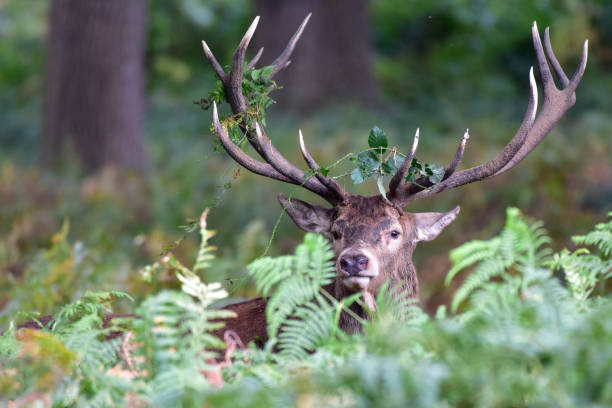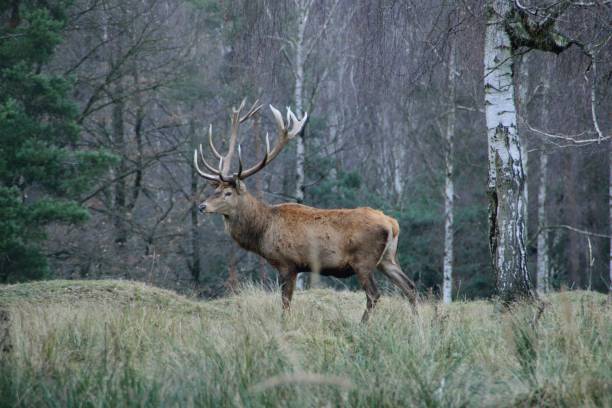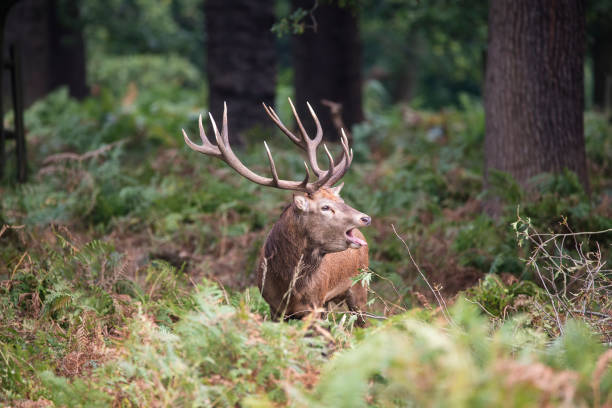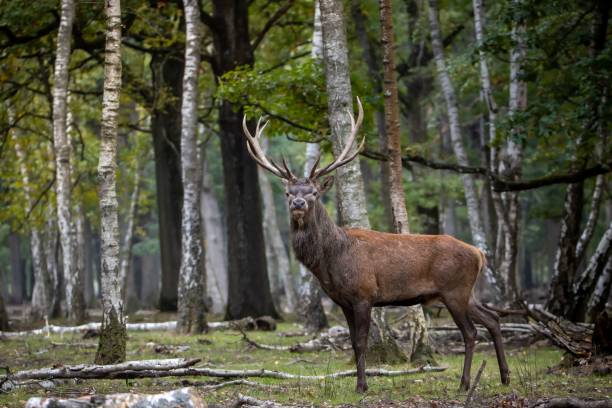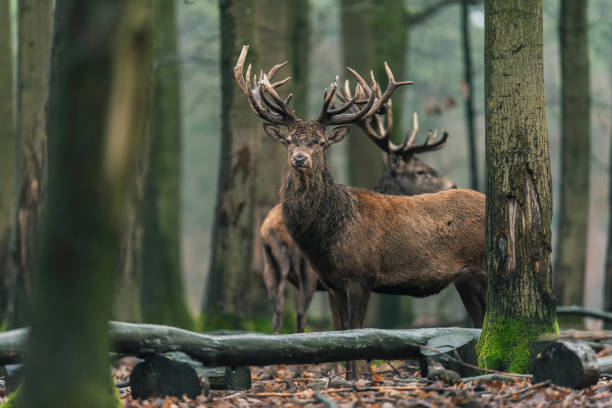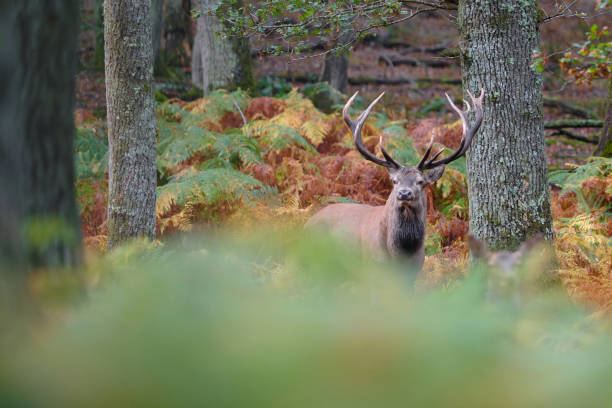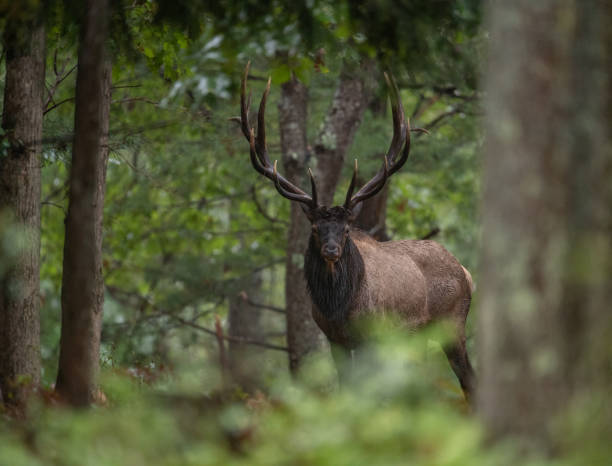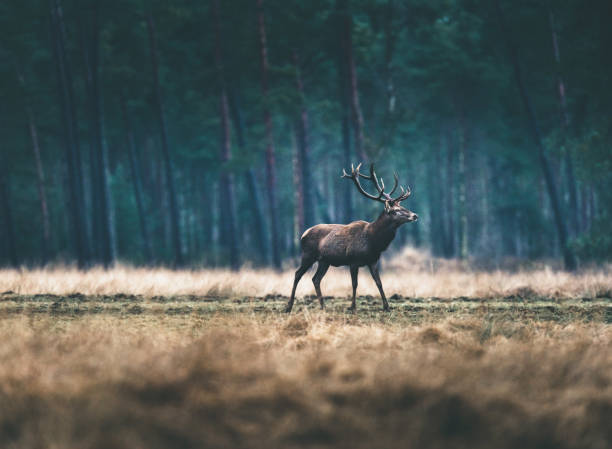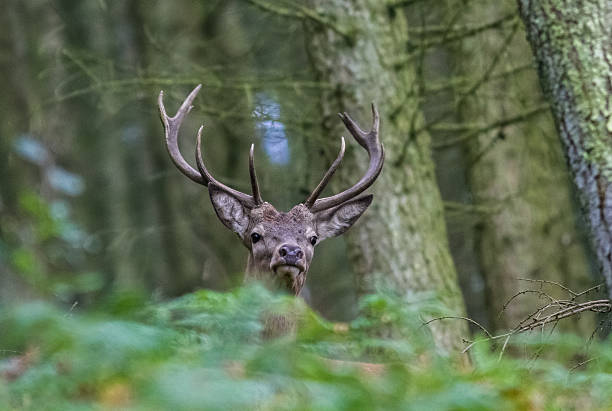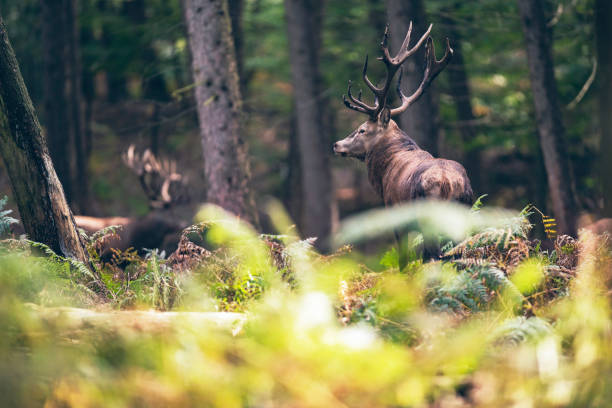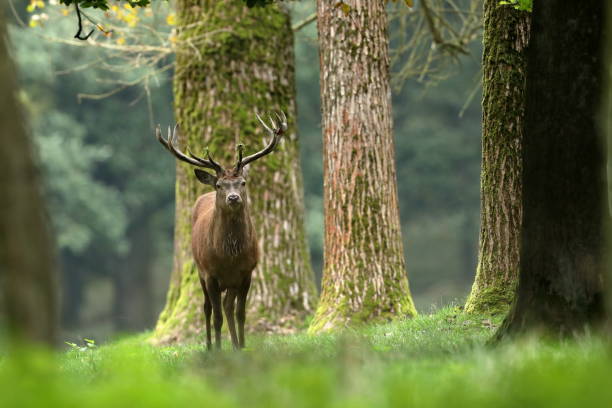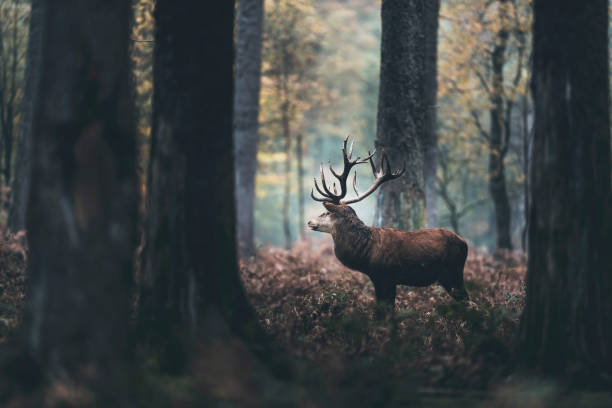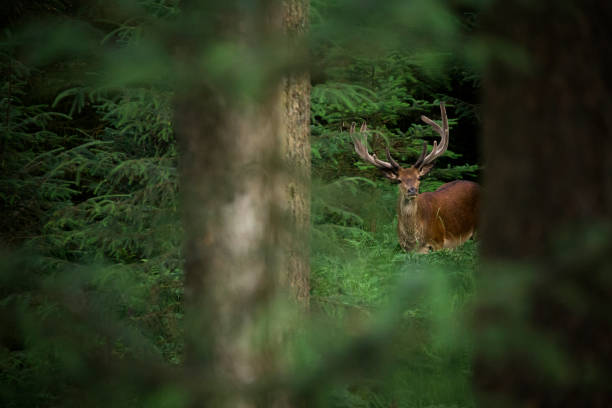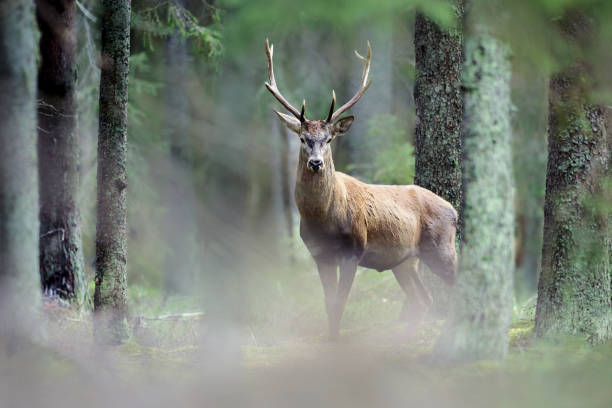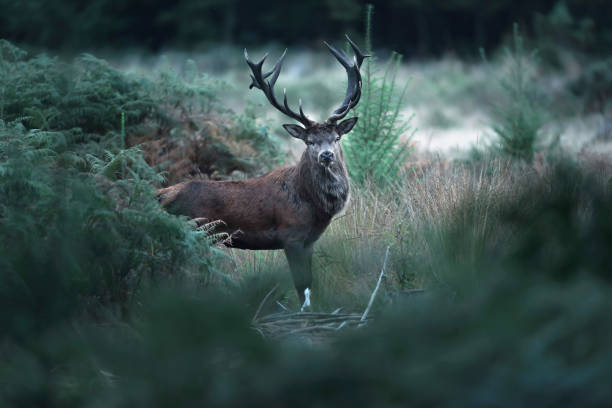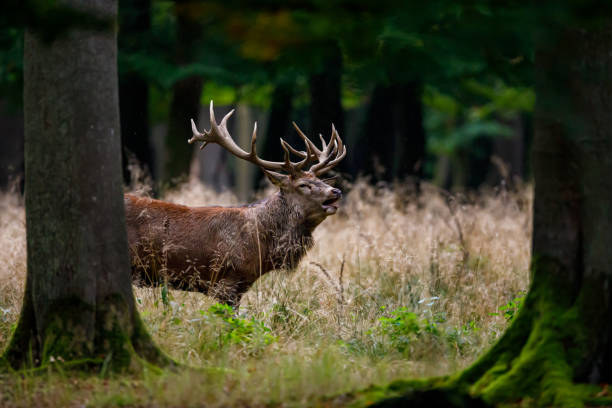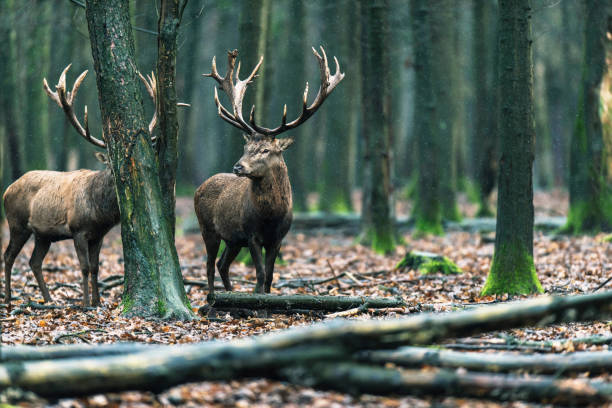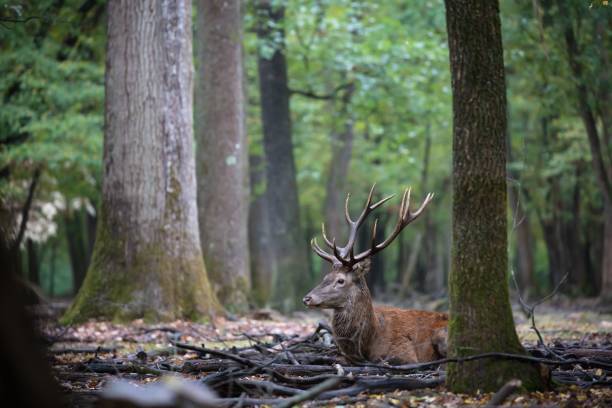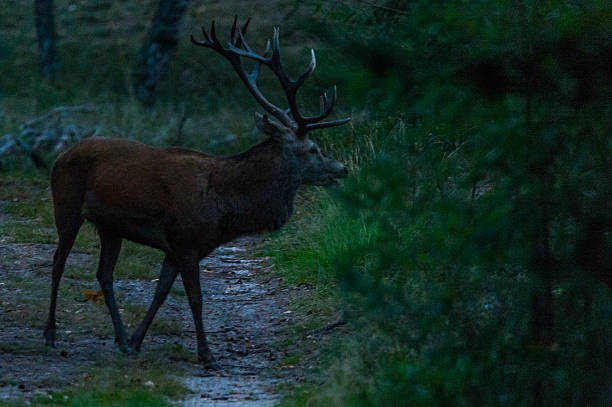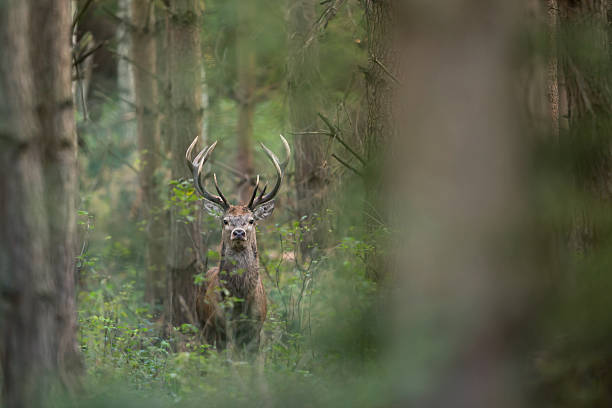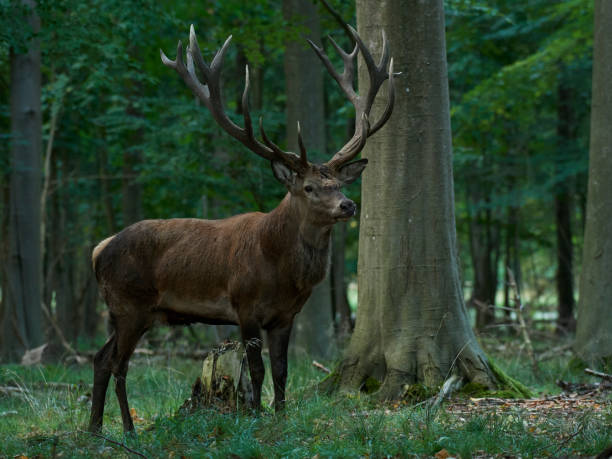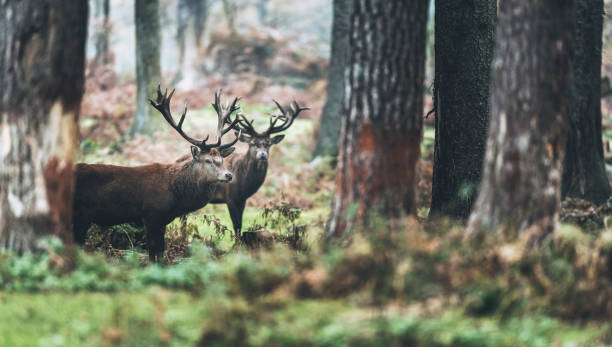by Pure Film Photography
Deers
Deer, with their serene presence and elegant stature, have captivated human imagination for centuries. These gentle creatures, known for their delicate features and graceful movements, are not just a fascinating subject for wildlife enthusiasts but also hold a special place in various cultures worldwide. This article delves into the aesthetic beauty of deer, their cultural significance, and their essential role in natural ecosystems.
The Aesthetic Appeal of Deer
Graceful Antlers: A Symbol of Majesty
One of the most striking features of deer is their antlers. Found primarily on males, these branching structures are a marvel of nature, combining strength with intricate beauty. The annual shedding and regrowth of antlers are a testament to the resilience and regenerative power of these animals. Their varied shapes and sizes contribute significantly to the deer’s majestic appearance, making them a symbol of strength and virility in many cultures.
Elegant Movements: Poetry in Motion
Deer are renowned for their graceful movements. Whether they are casually grazing in a meadow or leaping across a stream, their actions embody a natural elegance. The fluid motion of deer, coupled with their swift and agile responses, makes them a captivating sight in the wild. This gracefulness is often likened to ballet, with each movement seeming choreographed and purposeful.
Deer in Culture and Mythology
Symbolism in Various Traditions
Deer have been revered in many cultures throughout history. In Native American culture, they are often seen as messengers of the spiritual world, embodying qualities of gentleness and alertness. In Celtic mythology, the deer is a symbol of femininity, intuition, and gentleness. In Japanese culture, deer are considered sacred and are associated with gods and goddesses in Shintoism.
Artistic Depictions and Literature
The beauty of deer has inspired artists and writers for generations. From the cave paintings of early civilizations to modern digital art, deer have been a subject of fascination and admiration. In literature, deer are often portrayed as symbols of purity and innocence, as seen in classics like “Bambi” by Felix Salten.
The Role of Deer in Ecosystems
Balancing the Environment
Deer play a crucial role in maintaining ecological balance. As herbivores, they help in the dispersal of seeds and the control of vegetation. Their grazing habits can influence the composition and structure of forests and grasslands, making them vital for the health of these ecosystems.
Indicators of Environmental Health
The presence and health of deer populations are often indicators of the overall health of an ecosystem. A thriving deer population suggests a healthy, balanced environment, while a decline can signal underlying ecological issues. Conservation efforts aimed at protecting deer habitats contribute significantly to the preservation of biodiversity.
Challenges and Conservation
Threats to Deer Populations
Despite their adaptability, deer face several threats, including habitat loss, climate change, and poaching. Urban expansion and deforestation have led to the fragmentation of their natural habitats, making it difficult for them to find food and shelter.
Efforts in Deer Conservation
Conservation efforts for deer include habitat restoration, anti-poaching measures, and wildlife corridors that allow safe migration. Educating the public about the importance of deer in ecosystems and the threats they face is crucial in garnering support for these conservation initiatives.
Conclusion
The beauty of deer goes beyond their aesthetic appeal; it lies in their significance in cultures, their graceful presence in nature, and the vital role they play in our ecosystems. Protecting these enchanting creatures is not just about preserving their beauty but also about maintaining the health and balance of the environments they inhabit. The majesty of deer continues to inspire and remind us of the delicate interconnections within our natural world
